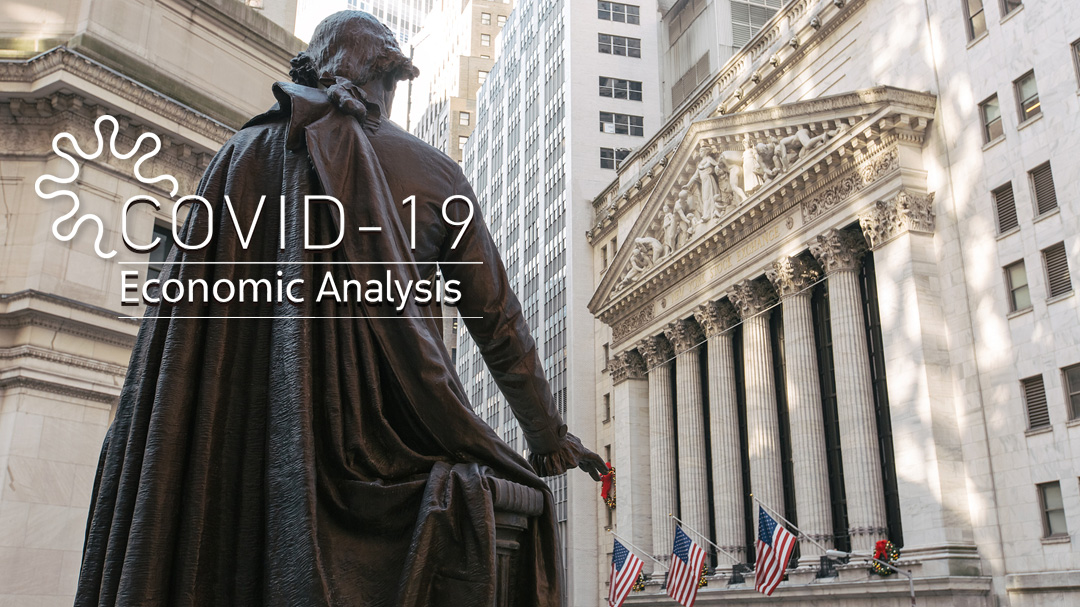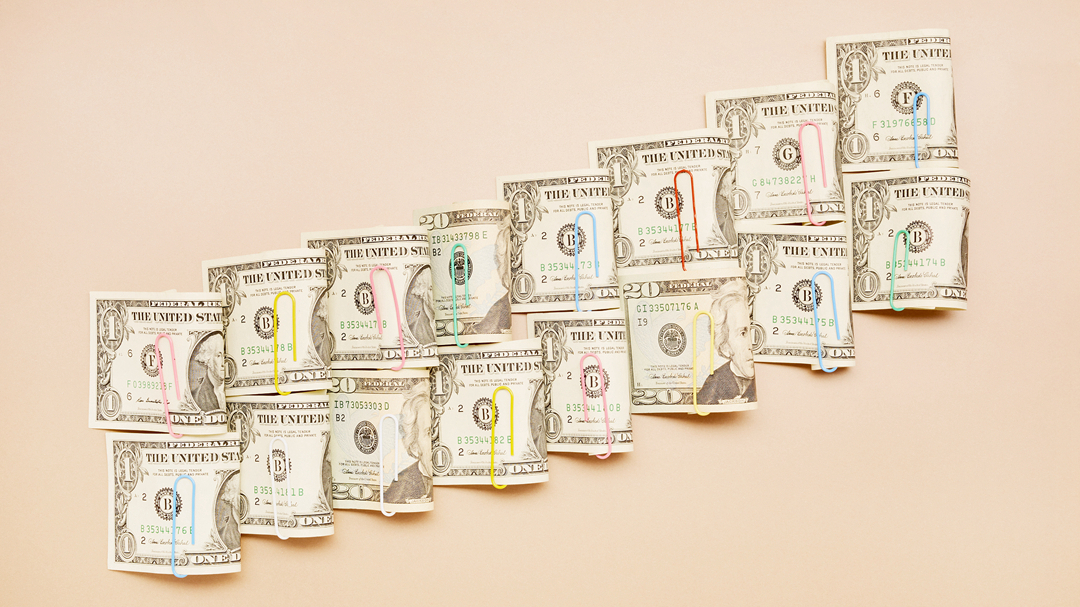
Editor's Note: COVID-19 Economic Analysis is a series of articles offering expert views on developing micro and macroeconomic situations around the globe amid the coronavirus pandemic. Jimmy Zhu is a chief strategist at Singapore-based Fullerton Research. The article reflects the author's opinion, and not necessarily the views of CGTN.
The S&P 500 slid 4.8 percent last week, the biggest weekly decline since March and ended the streak of gains in the three weeks before. The aggressive sell-off actually happened right after the Federal Open Market Committee's (FOMC) meeting. The Fed projected to leave the current "near zero" policy rates through 2022, dampening many earlier hopes on a "V-shape" economic recovery which partially contributed to the rebound in U.S. stocks since March.
In order to figure out what drove the U.S. stocks tumbling in the past days, knowing the factors pushing those equities higher since early April is crucial. There were mainly three reasons behind the rallies, which were the Fed's unprecedented stimulus programs, hopes on quick economic recovery and pace of the virus spreading already peaking. Analysis shows that all of these three factors suggest a potential retreat in U.S. stocks as they may have rebounded too quickly in past months.
Fresh stimulus not in sight
The Fed's unprecedented stimulus programs have been fully priced in the U.S. stocks. It's very difficult to quantify the rate cuts and balance sheet's expansion's exact impact on the U.S. stocks market. However, a comparison to its monetary easing after the global financial crisis a decade ago may offer some clues. The Fed cut the policy rates to zero in both circumstances, but the quantitative easing (QE) programs were different. We would compare the current QE program with QE1 and QE2 from 2008 to 2011 when the U.S. economy was subdued, but exclude the QE3. The reason is that QE3 happened in the period that the U.S. economy has largely improved from the global financial crisis, so it would be difficult to distinguish whether the gains in stocks were due to QE3 or economic recovery.
The Fed increased the balance sheet by around 2 trillion U.S. dollars through QE1 and QE2, while the U.S. stocks gained roughly eight percent in this period. Since early March this year, the Fed has expanded its balance sheet by 3 trillion U.S. dollars, while the S&P 500 has gained over 20 percent. Having said that, the stock market shows much more enthusiasm to the current Fed's assets purchasing program.

However, the Fed didn't hint at further fresh stimulus in the pipeline. The plan on 80 billion U.S. dollars a month for treasuries and 40 billion U.S. dollars a month for mortgage-backed securities is just treated as a kind of "policy extension" to make sure the borrowing cost in the real economy stays at a low range, rather than creating a new catalyst for the stock market. Thus, many traders started selling their stocks after the FOMC meeting in June, and sitting on the sideline to watch what will the Fed's next moves be with its limited policy tools left to arrest the economic slowdown.
V-shape recovery unrealistic
Hopes for quick economic recovery lacks a valid basis. A potential "V-shape" recovery was another main reason that encouraged traders to rush into stocks over the past months. However, major indicators show that such hopes are premature without much reliable basis, as much of the economic data is still well below pre-coronavirus levels such as retail sales and ISM manufacturing PMI. Current unemployment rate is much higher than those days in global financial crisis.
The U.S. bond market is mainly traded by the more sophisticated institutional investors who are expressing opposite opinions to the stock traders. The difference between the U.S. 3-month and 10-year government bonds yield, known as the yield curve, now stands at 52bps, the narrowest since March when the coronavirus broke out in the U.S. The spread reached as much as 115bps earlier this year. The flattening yield curve usually signals deteriorating economic outlook, in contradiction with the sharp rebound in the U.S. stocks market over the past months.
At his press conference last week, Jerome Powell sounded less positive on the growth outlook as some market participants expected. Even as the May jobs data was well beyond the market's forecasts, Powell's feedback was that "we don't know what that means." Such comments from the Fed chief show that the upcoming recovery path remains highly uncertain from policymakers' views. In other words, the current stocks market may have been running a little bit too fast.
Virus fears
Fears of a possible second coronavirus wave have been spreading. So far, officials have offered little clues on why cases are increasing in some parts of the country, such as in Arizona, Texas and Oregon. Back to those earlier days in March and April, pandemic developments dominated investor sentiment in the stock market.
The pace of new infections in the U.S. may have accelerated. It increased 1.2 percent on Saturday, which brings the increase in cases in the U.S. above the average daily increase of 1.1 percent over the past week. Among the various states, Arizona experienced a 4.9-percent increase in the number of cases from the same time a day before.
Top officials at the U.S. Centers for Disease Control and Prevention warned at their first press briefing in months that states and cities might have to resume lockdowns if COVID-19 cases surge dramatically. In the coming weeks, traders will watch closely the pace of growing new cases, and any acceleration will likely trigger a heavier sell-off in the U.S. stock market.